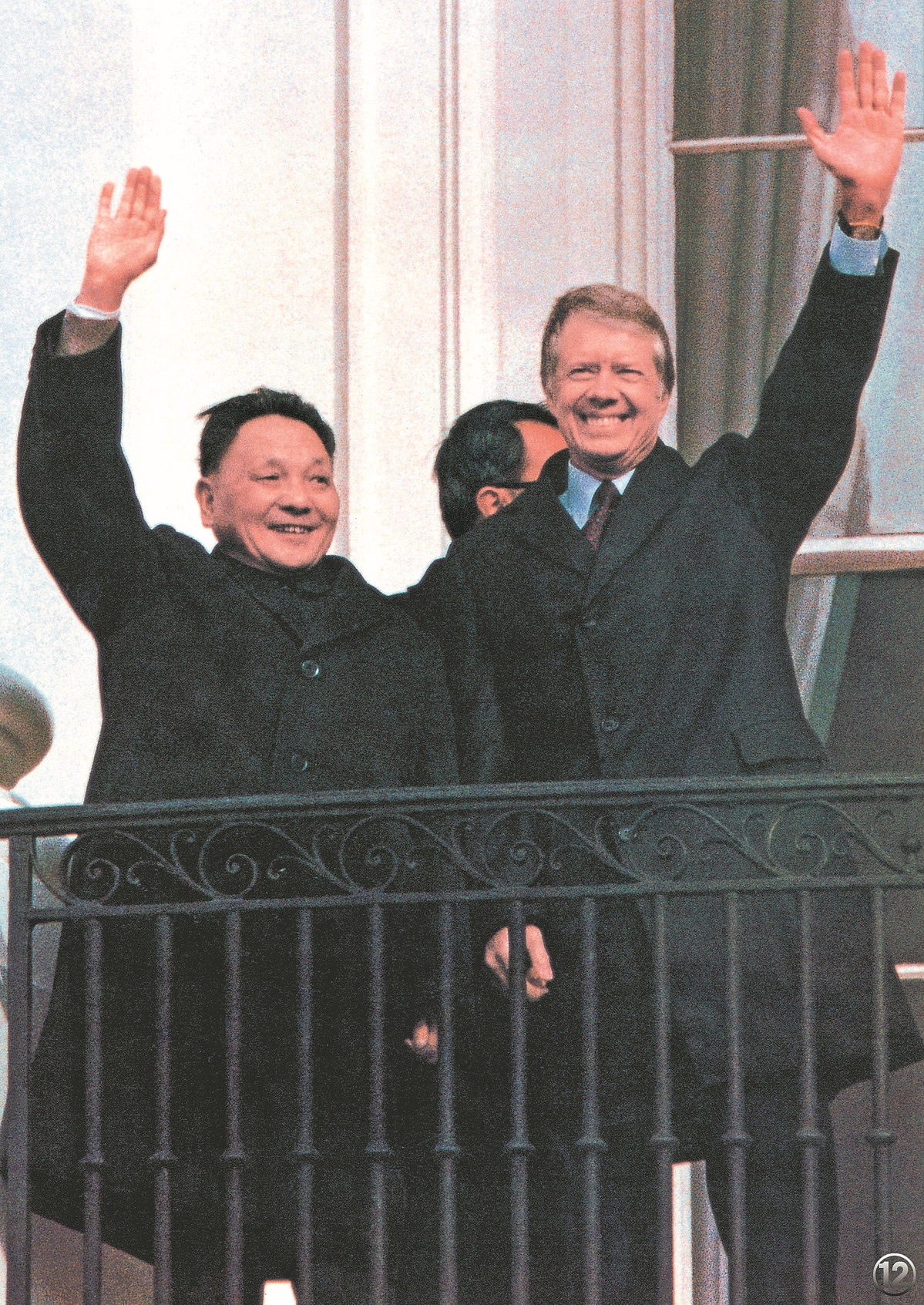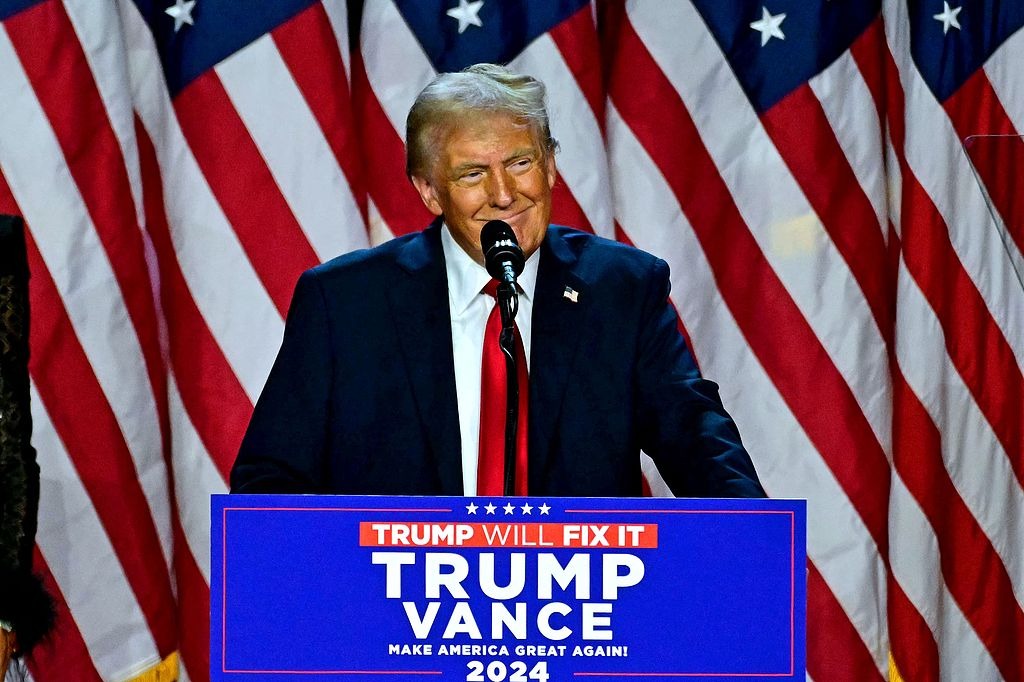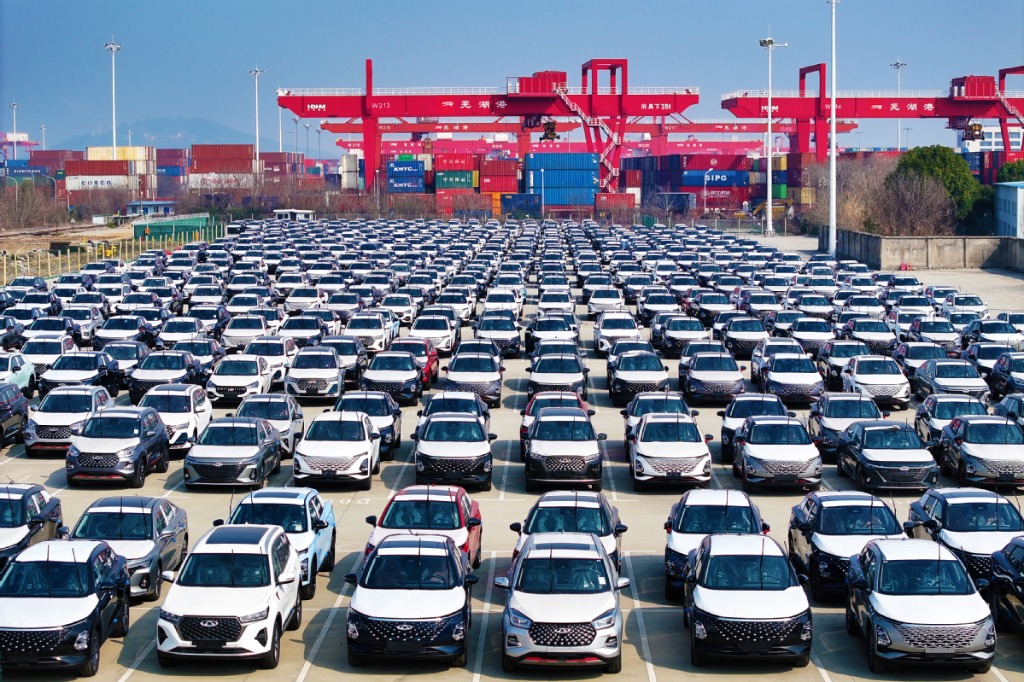Deng's visit reshaped bilateral ties
Historic 1979 trip set stage for collaboration between China and US across various fields
By LIA ZHU in San Francisco | China Daily | Updated: 2024-08-29 09:57

Aug 22 marked the 120th anniversary of the birth of Deng Xiaoping, the late Chinese leader widely regarded as a pioneer of China's economic reforms. But his legacy extends far beyond China's borders.
Deng's historic visit to the United States in 1979 stands out as a pivotal moment that reshaped China-US relations and set the stage for decades of collaboration between the two countries.
In January 1979, just weeks after China and the US formally established diplomatic relations, Deng embarked on a groundbreaking visit. At that time, Deng was the highest-ranking Chinese official to visit the US since 1949, so the trip carried enormous symbolic and practical significance.
"Deng's 1979 trip was extremely successful as he charismatically wooed Congress, the media and the American people," said the US Department of State's Office of the Historian, which has included Deng's visit in the "Milestones in the History of US Foreign Relations".
Deng, then vice-premier of China and a pragmatic reformer, arrived in the US with clear objectives.
"Deng fully understood the importance of a conducive international environment for China's modernization, and the United States held the key for regional and global stability," said Zhiqun Zhu, a professor of political science and international relations at Bucknell University in Pennsylvania.
"The purpose of the visit was to present to the United States a new and reforming China in the post-Mao era and to seek US support for China's modernization," he told China Daily.
While high-level meetings were a key part of the agenda, the Chinese leader visited Atlanta, Houston and Seattle. In Atlanta, Deng toured the headquarters of Coca-Cola, signaling China's openness to US business. His visit to Boeing in Seattle underscored an interest in aviation technology.
Perhaps most memorably, Deng donned a cowboy hat at a rodeo near Houston, creating an iconic image that humanized the Chinese leader for many people in the US. The famous photograph of Deng in a cowboy hat, which appeared in newspapers across the country, became a symbol of China's willingness to engage with the West.
"The visit was quite successful. The cities he went to were carefully chosen to highlight the goal of his visit," Zhu said. "During his visits to Coca-Cola and Boeing, Deng extended invitations to the US business community and welcomed them to invest in China."
Ezra Vogel, the late socialist and renowned scholar on modern China, highlighted in his book Deng Xiaoping and the Transformation of China how Deng's visit fostered long-term US-China ties through business-oriented agreements and networking.
"American businesspeople who had heard Deng speak in the various cities immediately began to prepare for trips to China to explore business opportunities. Many of the 17 governors who met him in Atlanta planned delegations to China with local businesspeople," Vogel wrote.
The then US secretaries of commerce, agriculture and energy also prepared to lead delegations in the months ahead to expand relations in their respective areas, Vogel said. "Members of Congress, even many who had complained about China in the past, vied to join these and other trips to China," he said.
By visiting NASA and other institutions, Deng also helped establish the link between the scientific communities and encouraged scientific cooperation between the two countries, Zhu said.
Deng's visit yielded immediate tangible results. On Jan 31, 1979, China signed a science and technology agreement with the US to accelerate scientific exchanges. That laid the foundation for extensive research cooperation that would benefit both countries and the rest of the world in the years to come.
The 1980s, following Deng's visit, was a "golden period" or "honeymoon" in US-China relations, with "intensive cooperation between the two countries and growing US investment in China", Zhu said.
The era saw rapid growth in trade, cultural exchanges and diplomatic cooperation. US companies began to view China as a promising market and manufacturing base, while Chinese students and researchers gained access to cutting-edge knowledge and technology in US institutions.
The fundamental shift toward engagement and cooperation that Deng's visit represented has remained a significant factor in China-US relations, even as the relationship has experienced ups and downs over the decades.
Despite the challenges, the importance of China-US cooperation in addressing global issues remains clear. As Deng himself stated during his visit, "Amicable cooperation between two major countries, situated on opposite shores of the Pacific, is undoubtedly an important factor working for peace in this area and in the world as a whole."
























